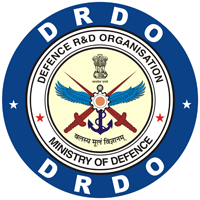Impulsive Deboost for Maximum and Minimum Atmospheric Entry Angles
DOI:
https://doi.org/10.14429/dsj.21.6223Keywords:
Elliptic Orbits, Rocket VehiclesAbstract
Deboost of rocket vehicles initially moving in elliptic orbits for maximum and minimum atmospheric entry is analysed. It is shown that in general with specified retrofire velocity impulse and entry altitude, maximum entry angle is obtained when impulse is applied tangentially at the apogee whereas entry angle occurs when retrofire impulse is applied tangentially at the perigee. Existence conditions for only maximum or minimum or both neither maximum nor minimum entry have also been investigated.Downloads
Published
2014-01-01
How to Cite
Srivastava, T. N., & Nagpal, O. P. (2014). Impulsive Deboost for Maximum and Minimum Atmospheric Entry Angles. Defence Science Journal, 21(1), 27–30. https://doi.org/10.14429/dsj.21.6223
Issue
Section
General Papers
License
 Where otherwise noted, the Articles on this site are licensed under Creative Commons License: CC Attribution-Noncommercial-No Derivative Works 2.5 India
Where otherwise noted, the Articles on this site are licensed under Creative Commons License: CC Attribution-Noncommercial-No Derivative Works 2.5 India

